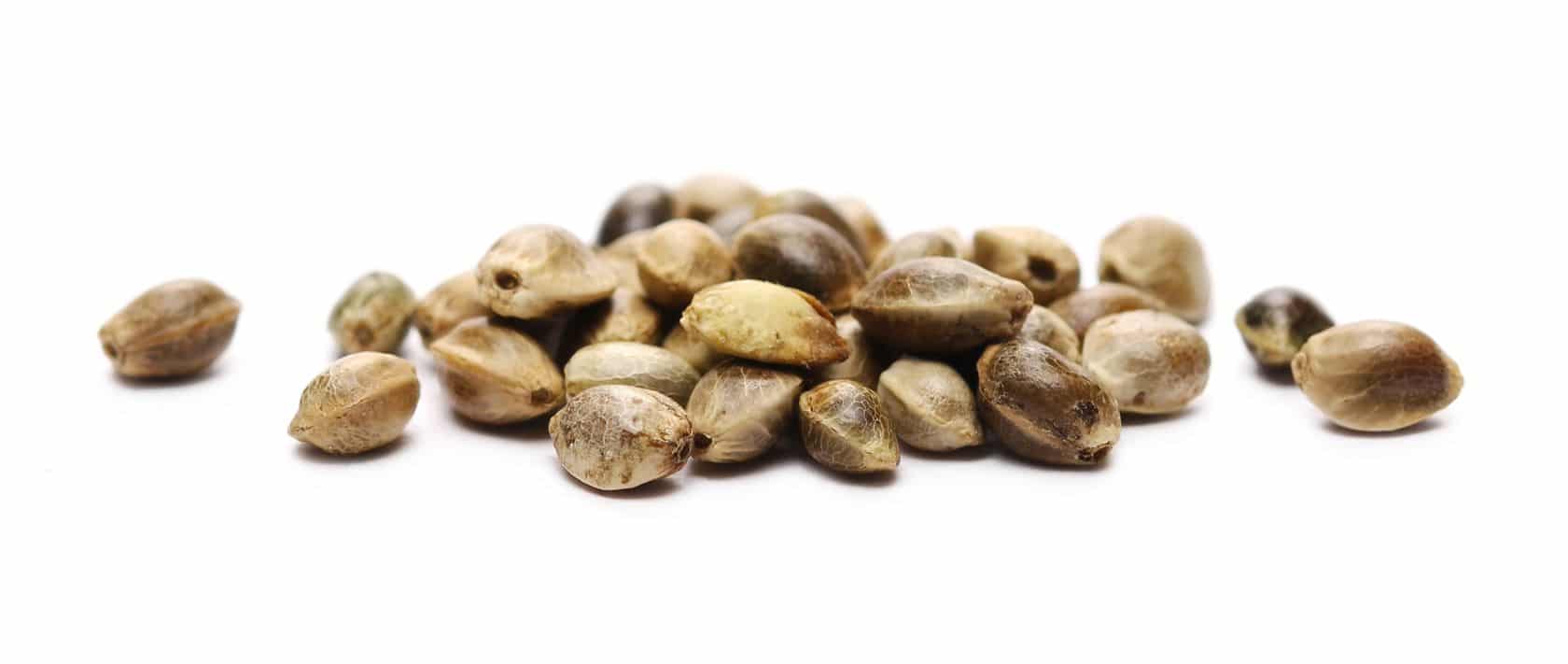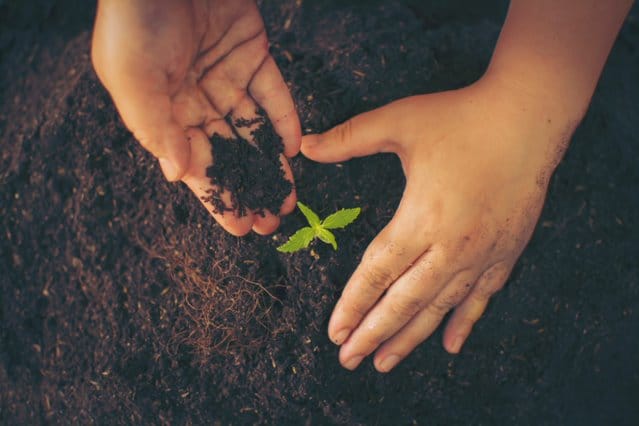How Eco-Friendly is CBD?
Agriculture is, by far, one of the largest contributors to climate change. And yes, this includes the growing of cannabis. Hemp, to put it simply, is a variety of cannabis plant that is high in CBD. Its products have taken over the commercial market with its claims about its medical properties.
But how Eco-Friendly is CBD really?
First, you have to know what CBD is. Basically, it’s a compound that comes from both hemp and marijuana. But hemp CBD is legal as opposed to marijuana-derived CBD, which is not. And yes, they do come from the same plant but they differ in this section.
The CBD market is on a good way to becoming a multi-billion-dollar industry on its own. And it’s really no surprise that all the products available, from different companies, come in countless forms. You can consume CBD from oil to pills.
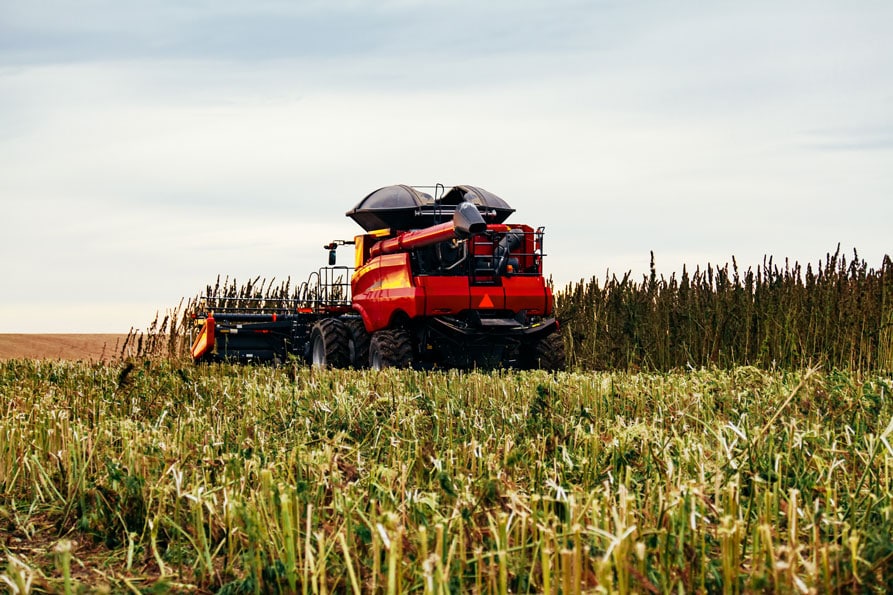
Marketplace favorites
Every consumer can easily identify his or her favorites products in a heartbeat. But, there are some brands that stand out among others. Here are some of the companies Earth911.com listed as being different from the rest:
- The hemp CBD-infused craft coffees from Subduction Coffee+Hemp involve Keurig-compatible coffee pods that are 100 percent recyclable, starting from pod to packaging.
- Hempure’s organically grown, full-spectrum CBD balms and oils come in glass packaging accompanied by guides on finding the right product and dosage.
- The pain-relieving products from Vital Body Therapeutics include the convenient CBD On-the-Go Pain Relief Balm as well as a cream with a beautiful wooden lid and glass jar.
- CBD skin care and topical company Clean Coconut packages body scrubs and muscle rubs in recyclable materials avoiding extra packaging to maintain a minimal waste standard.
- The eco-friendly skincare products from emerginC’s Rawceuticals use the antioxidant and antibacterial properties of CBD to protect and regenerate skin, with paper packaging imprinted with non-toxic, vegetable-based inks.
- Plant People offers organic hemp and herbal supplements with CBD and, for every product sold, a tree is planted. Similarly, Evopure in the UK, which produces organic CBD oil, has partnered with 1% for the Planet, working with Trees for Cities to offset carbon emissions.
- Alive Market has made a name for themselves with their no-till living soil practice and therapeutic products like Infused Body Butter in a petite tin.
- Extract Labs offers a comprehensive menu of CBD products, with standouts like their CBD lip balm, CBD shatters, and CBD crumbles.
- The hemp used by Flora + Bast is grown through regenerative agriculture practices alongside fruits, vegetables, and medicinal herbs.
- The plant-based wellness company Luna Volta produces organic hemp oil that uses 100 percent biodegradable packaging beneficial to the declining bee population.
- Honest Marijuana Company utilizes nanobidiol technology for an ultra-quick and clean onset of effects in their honey, gummies, and pain relief hemp cream.
- Color Up Therapeutics produces a glass-bottled Soothe Scalp Serum infused with CBD that is intended to reduce flaking and alleviate dry, itchy scalp.
Why is CBG so expensive?
Short answer:
Cannabigerol is one of the most expensive cannabinoids to produce.
Long answer:
CBD keeps on exploding in popularity, and brands are starting to notice. Big companies are already beginning to offer products involving one of the 100+ cannabinoids found in the plant.
One of those cannabinoids is Cannabigerol or CBG. First identified by researchers in the 1960’s, CBG is the ancestor from which all other cannabinoids are manufactured, which is why it’s often referred to as the “mother” or “stem cell” of cannabinoids. This unique feature imbues CBG with enormous therapeutic promise, making it a subject of great interest for researchers and consumers alike.
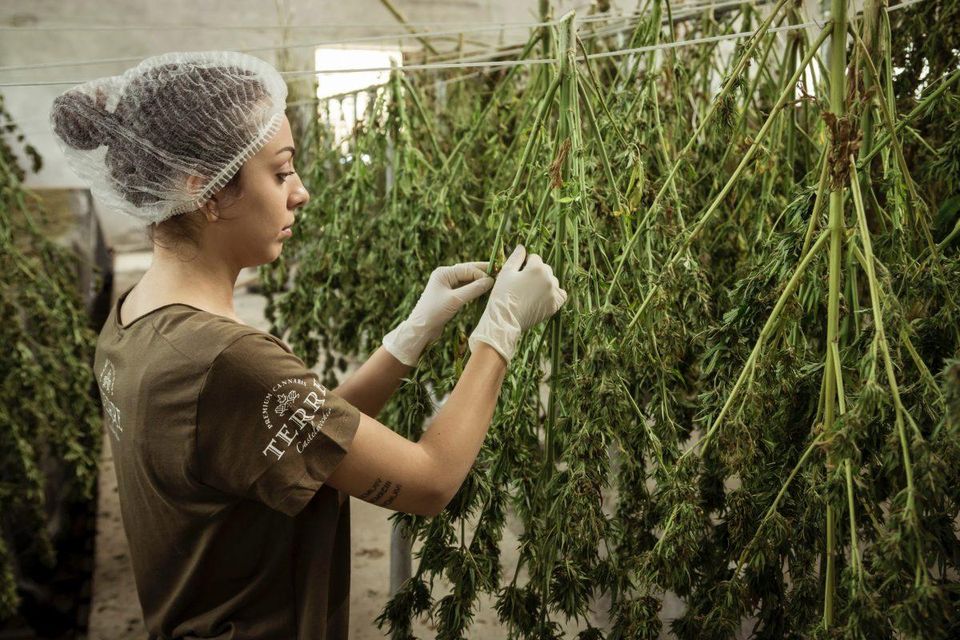
Cannabis processing PHOTO BY TERRE DI CANNABIS ON UNSPLASH
“It’s definitely gaining momentum,” says James Rowland, CEO of Steve’s Goods, a Colorado-based brand that concentrates on producing CBG goods. “We have personally administered CBG to thousands of people at over 50 events. It’s the most requested product on our website and we provide education to thousands of receptive people both in-person and online every month.”
But how exactly does CBG work?
“CBG works by interacting with the endocannabinoid system (ECS). Together, CB1 and CB2 receptors regulate neurohormones which actively affect physiological processes including mood, metabolism, pain response, and appetite,” says Derek Du Chesne, Chief Growth Officer at EcoGen Laboratories. “When cannabinoids like CBG interact with these receptors, it activates a response and produces physiological changes.”
“We know that CBG shows promise as an antibacterial agent and as an anti-inflammatory,” says John Huemoeller, CEO of AXIM Biotechnologies, Inc. The potential health benefits of CBG are extensive. A non-intoxicating compound, it’s thought to help regulate mood thanks to its ability to boost anandamide, the body’s native “bliss” molecule, as well as to act as a GABA reuptake inhibitor. CBG is also a potent neuroprotectant and is currently being evaluated for its ability to combat ailments like Huntington’s Disease. It also has cancer-fighting properties and is a potent antibacterial that can even treat MRSA.
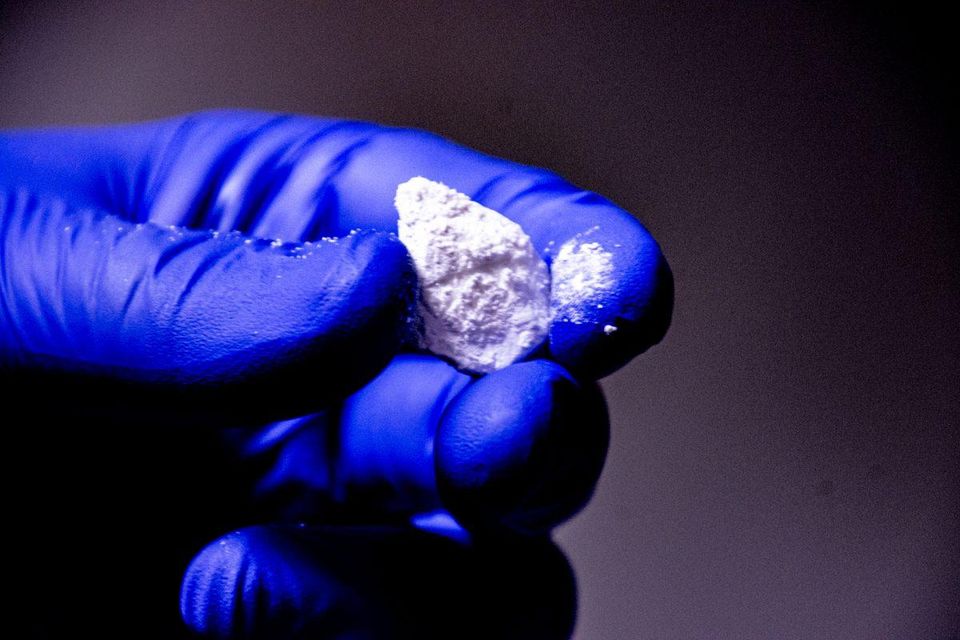
CBG crystals PHOTO COURTESY OF STEVE’S GOODS
It looks as though consumer knowledge and interest are the final pieces of the puzzle.
As the availability of CBG advances in the marketplace and the price drops, we fully “anticipate the momentum to continue – very similar to how CBD isolate used to be $20,000/KG and now we sell it for $2,000/KG,” says Du Chesne.
“The cannabinoid specific markets are going to wildly fluctuate for another few years until the demand evens out,” says Rowland. “I do think it will remain considerably more expensive than CBD for a long time, but if CBD prices drop you’ll see CBG prices drop too.”
Source: https://www.forbes.com/sites/janellelassalle/2019/09/11/why-cbg-cannabigerol-expensive-produce/
